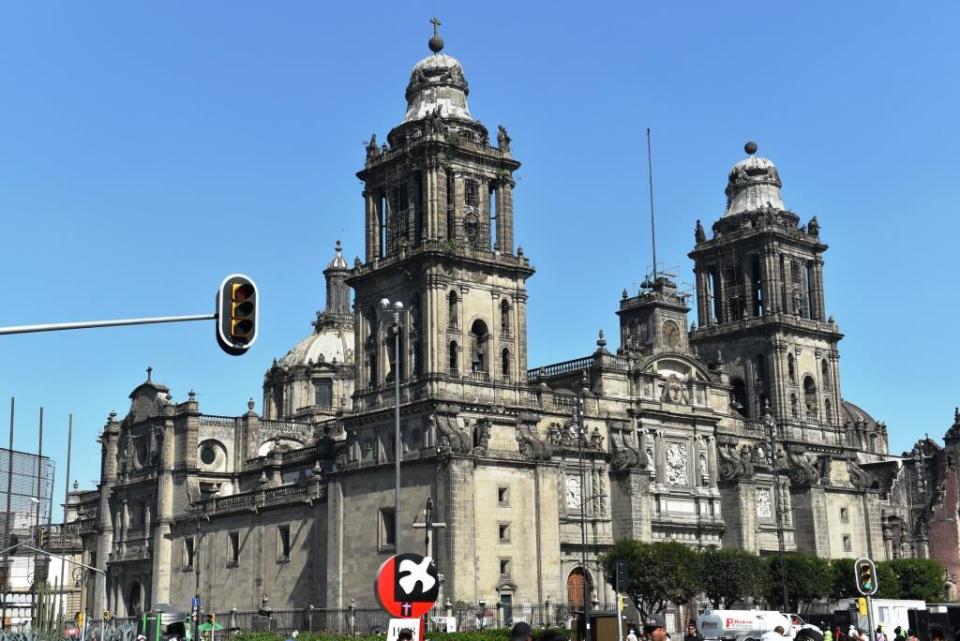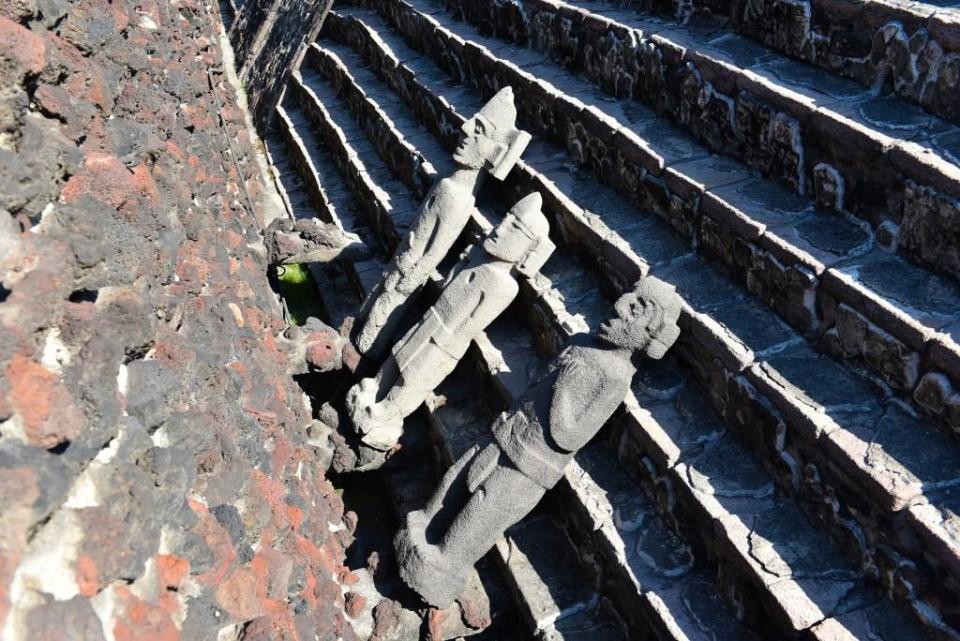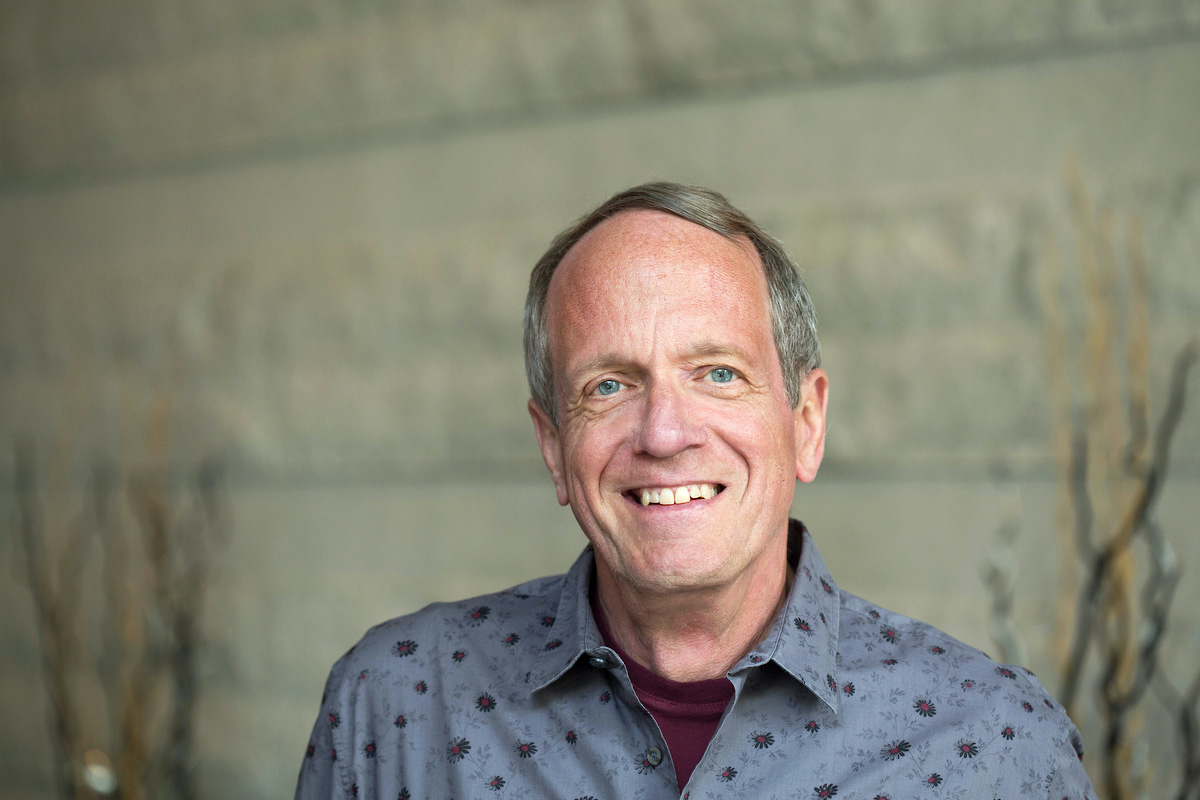
Dan Will Travel
I'm Dan and I WILL Travel
This is the Mexican seat of government similar to our Capitol building. As a tourist you go here to see the famous murals on the second floor exterior walls. Again, they feature revolutionary themes but this seems more appropriate here versus the ones at the Bellas Artes.


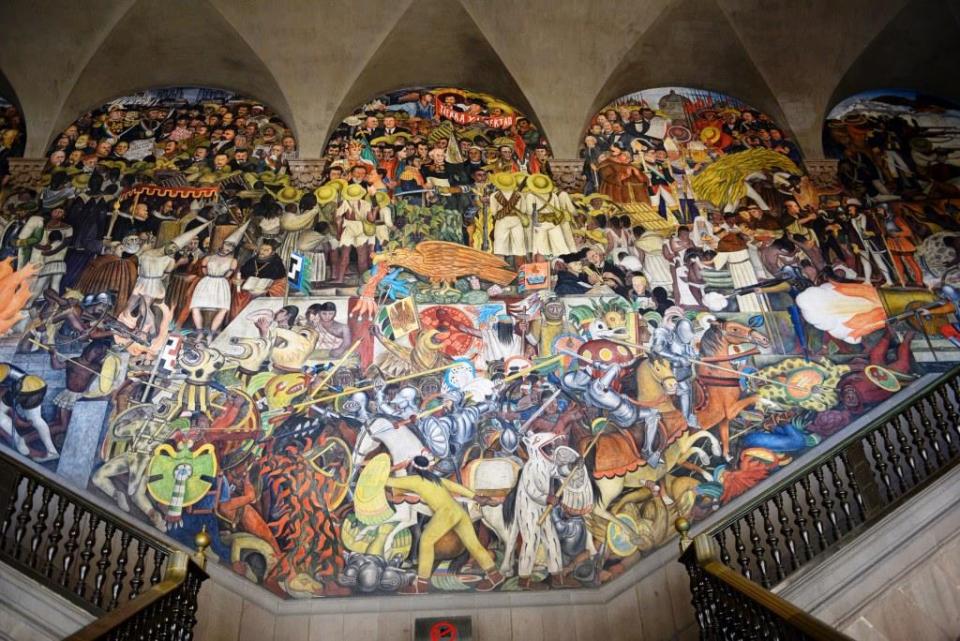


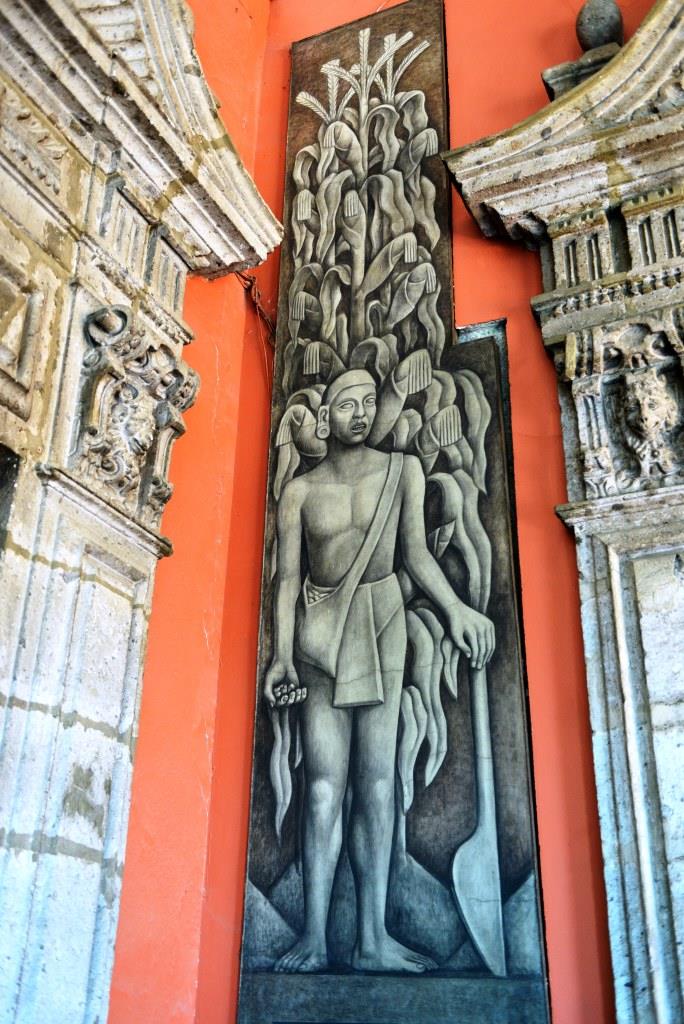
Buildings in Mexico City face a number of problems. Besides the active earthquakes, close by volcanoes and all, the city was built on a dried up lake bed. Which has never been stable and is constantly sinking but at different rates and different amounts depending upon the specific location. This was a construction issue even 500+ years ago, and remains so today. I had read about this in the past, but seeing the actual results were really something.




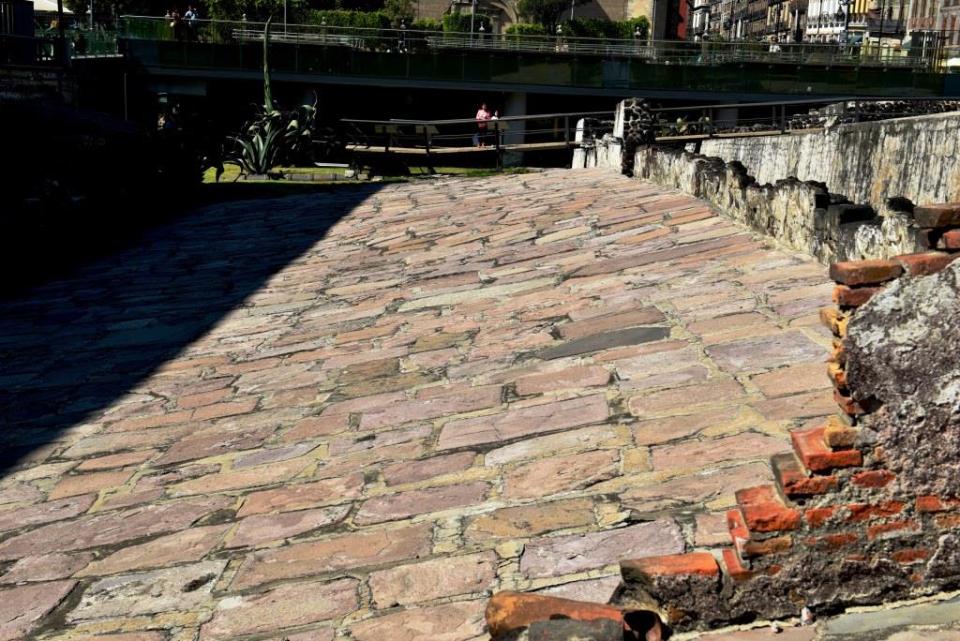
I decided to group these two vastly different places together in one story as they essentially occupy the same space, one built sort of on top of the other.
The cathedral is the largest in the Americas, begin in 1525 very shortly after the Spanish conquest of Mexico. It is huge of course, and very baroque. It has really suffered from the sinking soil issue but somehow they have engineered changes underneath to stabilize it. How, I have no idea.
Templo Mayor is a Aztec period temple started around 1325 or so and served as the center of their capital, Tenochtitlan. As was typical then, temples were expanded by essentially just building over the existing one with a new layer. This one ended up with 7 distinct layers and reached a height nearly the same as the present day cathedral. When the Spanish arrived, they essentially destroyed it. (Like they typically did everywhere.) The area even spent time as a city dump. It was not until an unexpected finding in 1978 that the excavations began and unearthed this amazing area. Below you will see a shot of a model of the area showing that the Aztec structures fully covered the entire zocalo area including the site of today’s giant cathedral.
